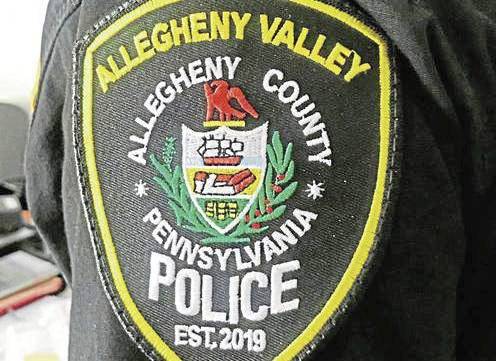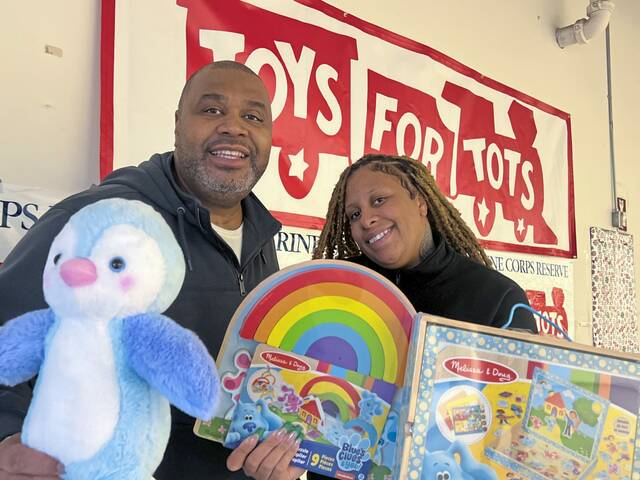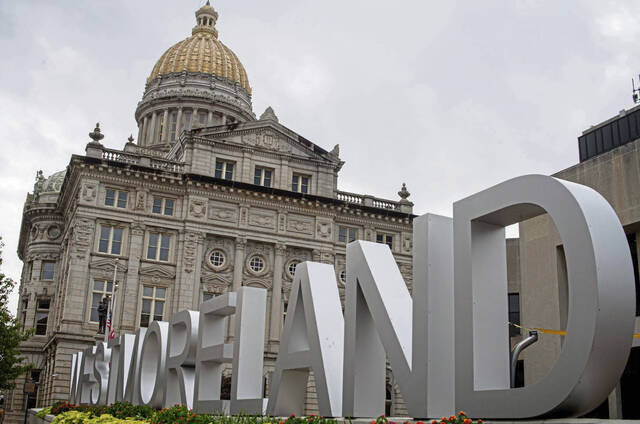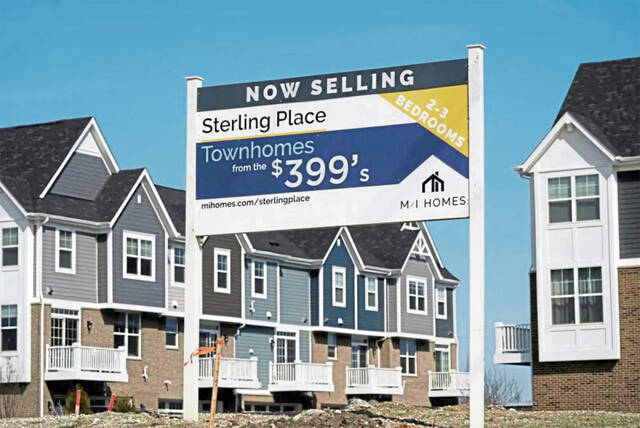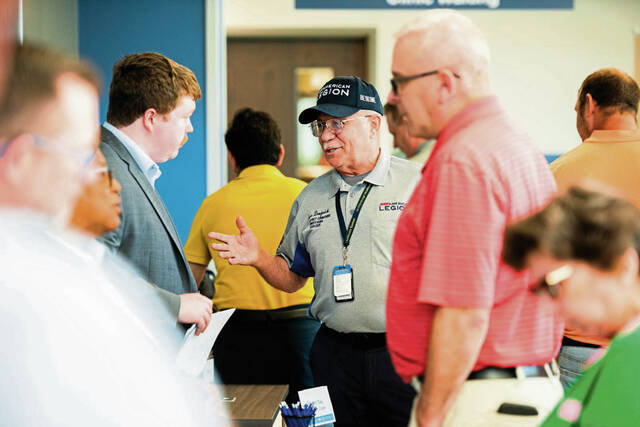Police are in the news a lot right now. There are protests and calls to defund and reform.
But not every department is old and entrenched. Some are barely walking.
The Allegheny Valley Regional Police Department was just created in 2019. It was born from the fusion of Cheswick and Springdale Township departments. The communities wanted round-the-clock coverage, but neither had the budget for it. By literally joining forces, they made it happen.
Cheswick didn’t defund its police department. It is, however, saving $80,000 by working with its neighbor. Springdale Township is saving $120,000, according to Michael Girardi, a Cheswick councilman who sits on the regional police force’s board.
The partnership shows a different face of policing than the large, metropolitan examples that are front and center with many of the protests.
In some cities, some residents say they feel too much of a police presence. But many smaller communities throughout Pennsylvania yearn to see more uniformed officers.
The City of Pittsburgh has about 900 officers on the job. Allegheny Valley has just two full-time and six part-time officers to spread across 24-7 shifts. The board would like to add another full-time.
Cheswick and Springdale Township are doing what their residents want. They are prioritizing coverage and doing it in a way that is affordable.
They could have just cut the departments entirely and left the job up to the Pennsylvania State Police. That’s been done by almost 2,500 municipalities. It’s something that causes budget headaches for the state and, despite the professionalism of the state officers, does not provide the community policing that most citizens desire.
A 2019 proposal from Gov. Tom Wolf suggested a sliding scale to charge municipalities that took that route. Hempfield Township in Westmoreland County, the largest unpoliced municipality in the state, would have been set back almost $7 million under that plan.
So Cheswick and Springdale Township, two communities with less than 4,000 people between them, are doing more than just joining forces and saving money.
They are showing other communities a way to give the people what they want, prioritize what they need and be responsible in how they do it.


